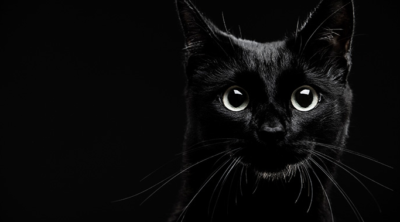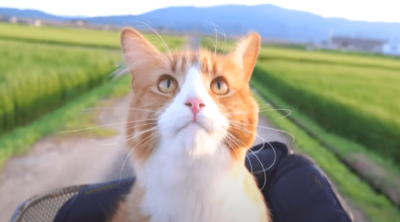
Feline distemper is a contagious disease that can cost you your beloved pet, if you don’t take it seriously and start its treatment at the earliest.
Feline panleukopenia or feline distemper―commonly referred to as cat distemper―is a viral disease, which can cost kittens and young cats their lives. It is caused by the feline panleukopenia virus―a type of parvovirus that is related to the parvovirus in dogs. Being a fast acting virus, it can lead to the animal’s death within a few days of infection.
Causes
The virus that triggers this condition in cats is similar to dog parvovirus. It is carried around by the wind and other mammals. It can also make it to your place, and eventually to your pet, by hitchhiking on your shoes and clothes. Thus, even indoor cats are at a great risk of catching the virus.
Panleukopenia is transmitted through all body secretions, like feces, vomit, urine, saliva, and mucus. Infected cats or food dishes too can transmit the virus to healthy cats. Other modes of transmission include infected bedding, fleas, insect bites, etc. It is very common for cats to catch the virus at kennels, animal shelters, and catteries.
Even pregnant cats are susceptible to the panleukopenia. In these cats, the virus can lead to spontaneous abortion. If the cat carries her fetus to a full term, the kittens may develop brain defects. The kittens that are affected by this virus will stagger and shake; this condition is called cerebellar hypoplasia. When the virus invades the cat’s body, it affects its lymph nodes, bone marrow, and intestines.
Symptoms
About 50 to 90 percent of the cats that contract this virus die, and hence, it is very important to spot the symptoms early on. Usually, the symptoms take about 10 days to surface; from there on their progress is pretty quick. The symptoms of this condition include:
- Loss of appetite in cats
- Sudden high fever
- Vomiting
- Anorexia
- Bloody diarrhea
- Depression
- Convulsions
- Severe dehydration
- Anemia
- The cat will sit near the water dish, looking thirsty, but will not drink the water.
- The cat bites it own tail, lower back, and back legs.
Treatment
Though the condition has a high mortality rate, timely treatment can help the cat recover before much damage is done. You should rush to a vet if you have a slightest doubt that your cat is suffering from this disease. If distemper is diagnosed, the vet will administer IV fluids to restore the cat’s body fluids and hydrate it. If deemed essential, the vet will prescribe electrolytes to balance the body fluids, and antibiotics to treat the secondary infections. The cat will be given anti-vomiting medication to deal with vomiting and resultant dehydration. In rare cases, he may even recommend blood or serum transfusions; this is usually the case when the animal does not respond to other treatments.
Prevention: The condition can be prevented by vaccinating the cat. You will have to give a combination shot of FVRCP vaccines to the kitten at about 8 to 10 weeks from birth. Additionally, the cat will need a booster dose every three years depending on the vaccine given.
While dogs are not vulnerable to feline parvovirus, raccoons, minks, skunks, and otters are. Like dog parvovirus, even feline parvovirus is non-communicable in human context. However, it can survive outside the host’s body for up to a year. It is not destroyed by freezing or disinfectants, and thus, it is wise to get your cat vaccinated for the same at the earliest.


